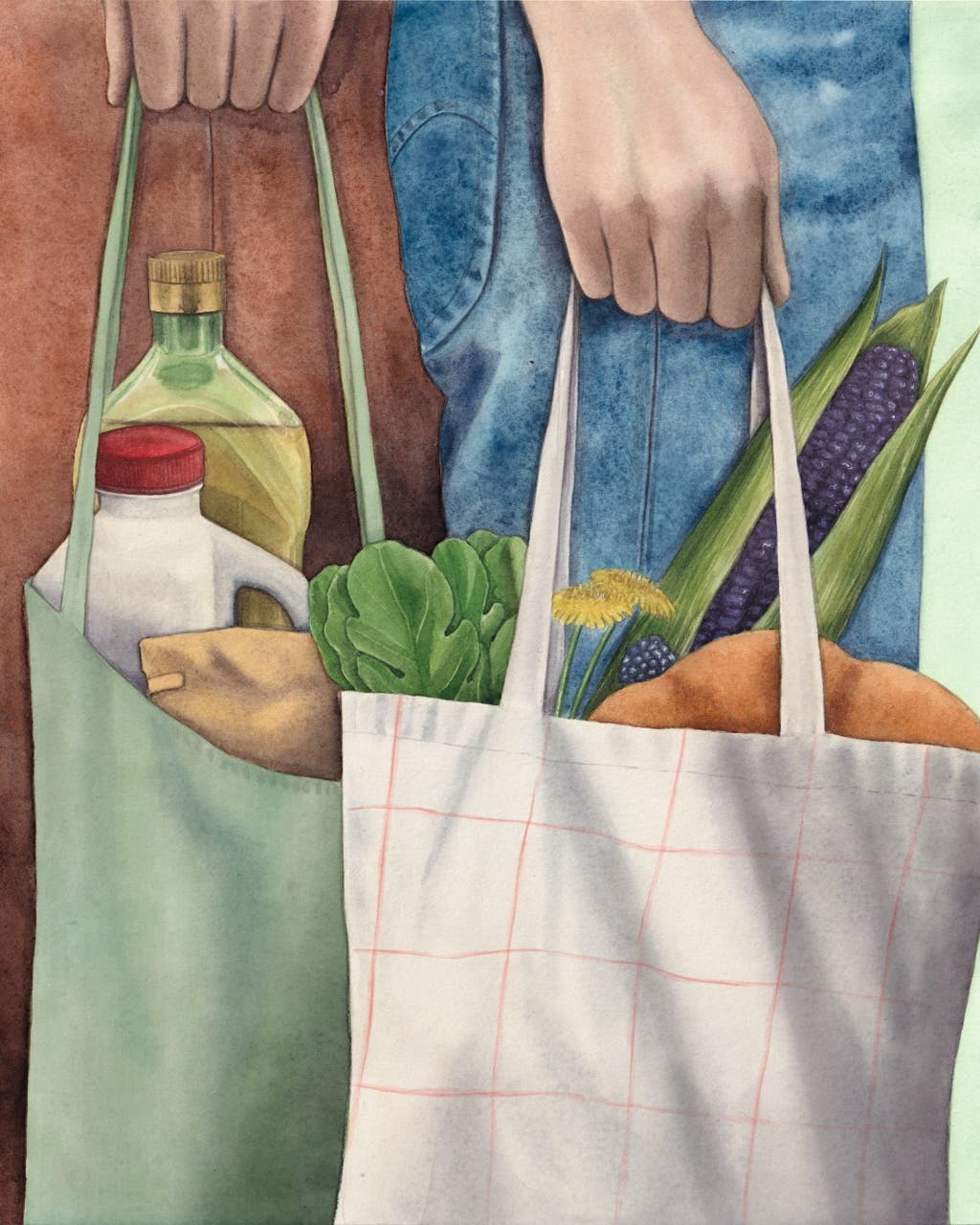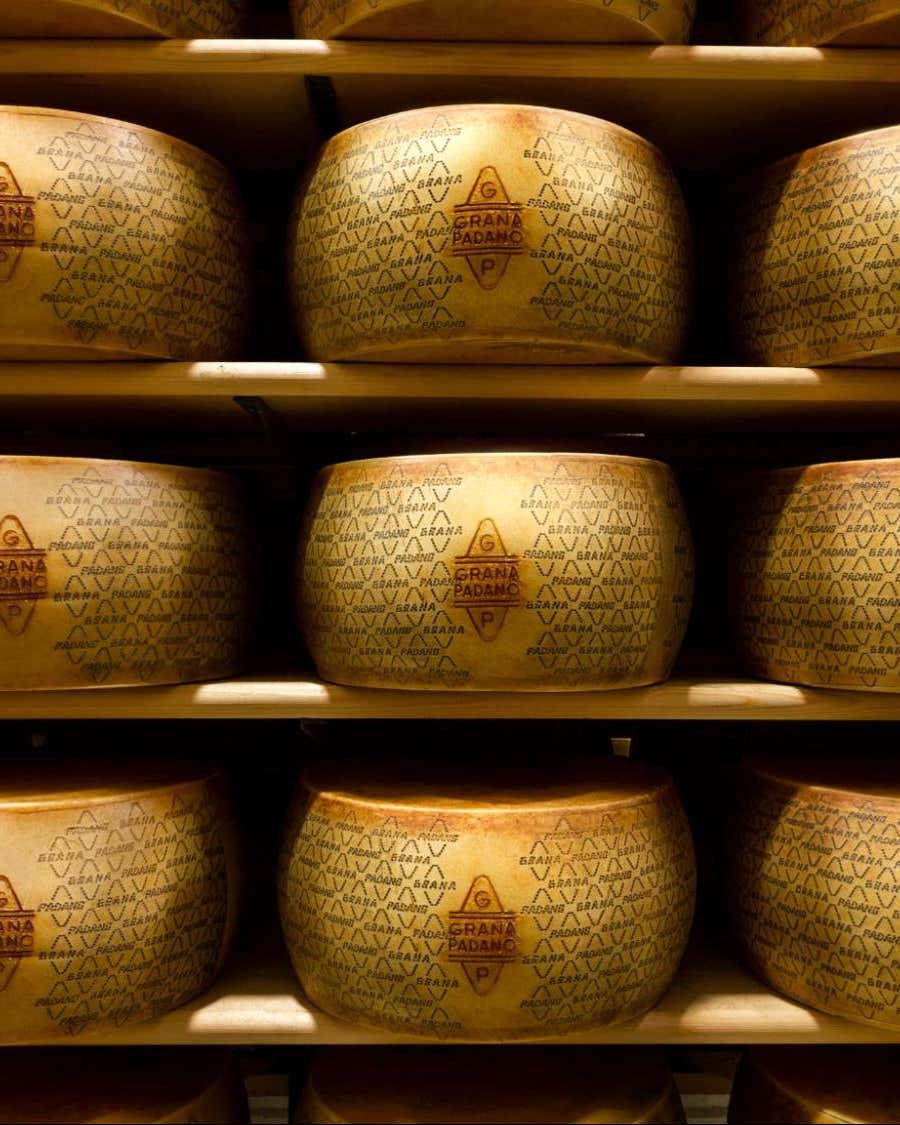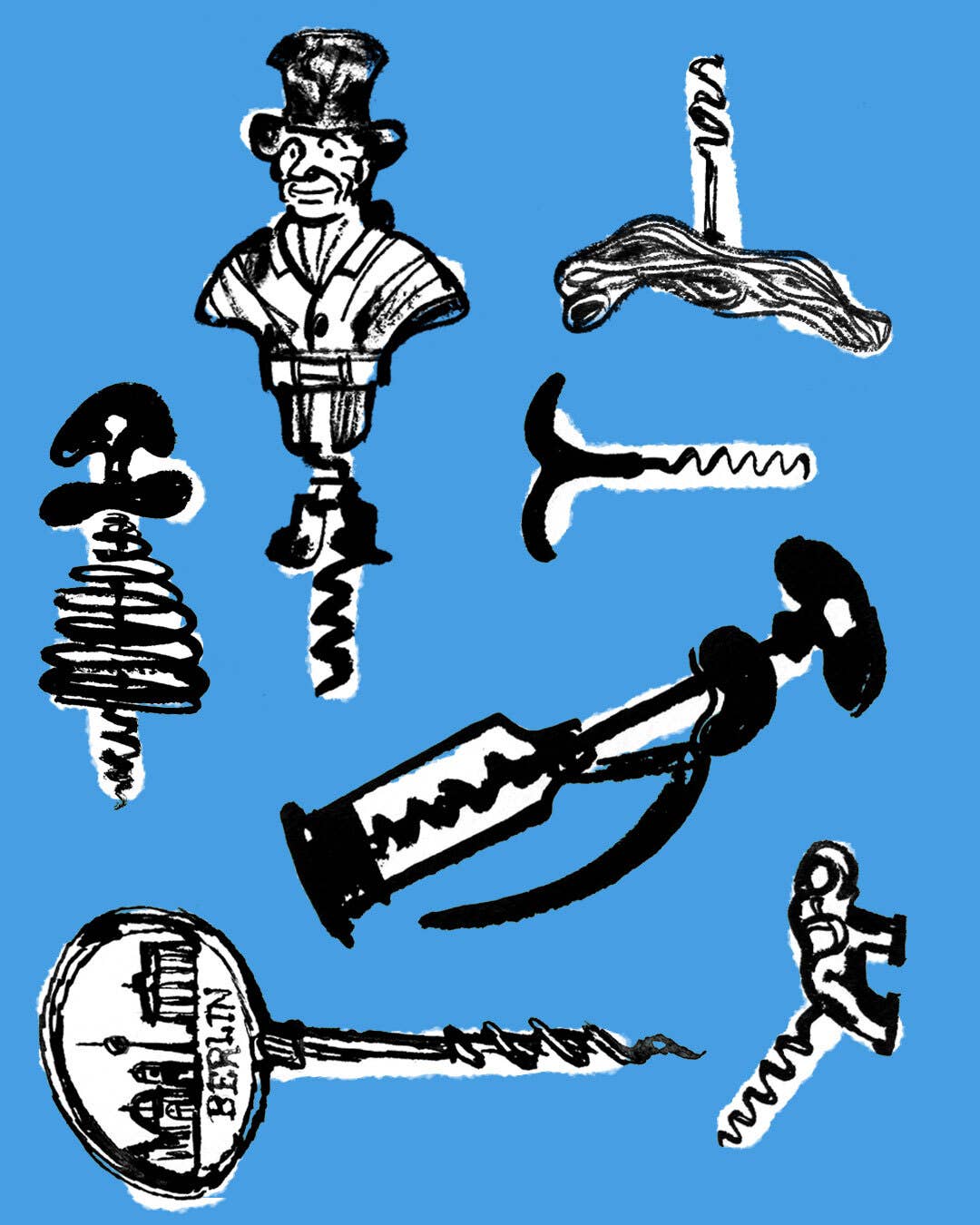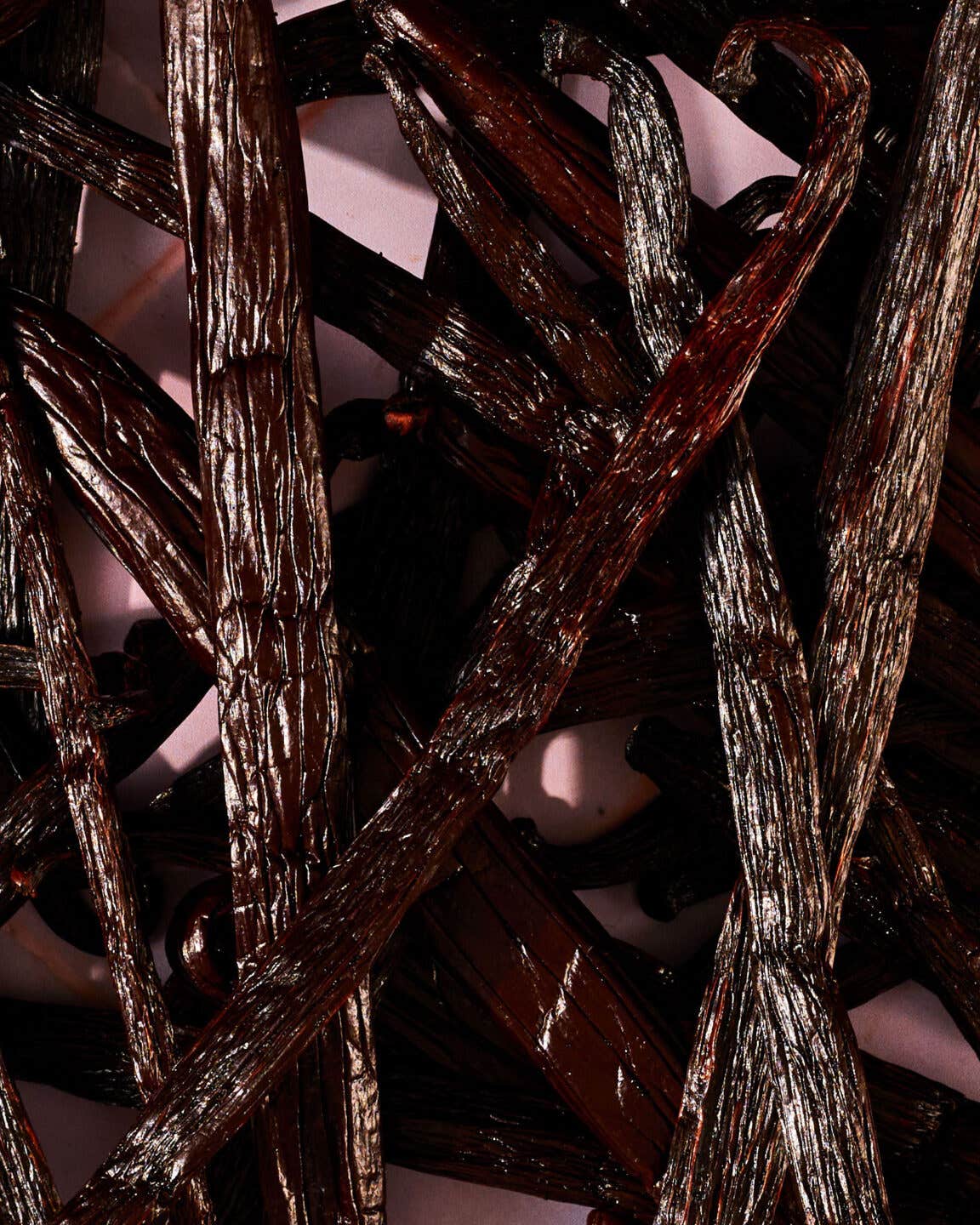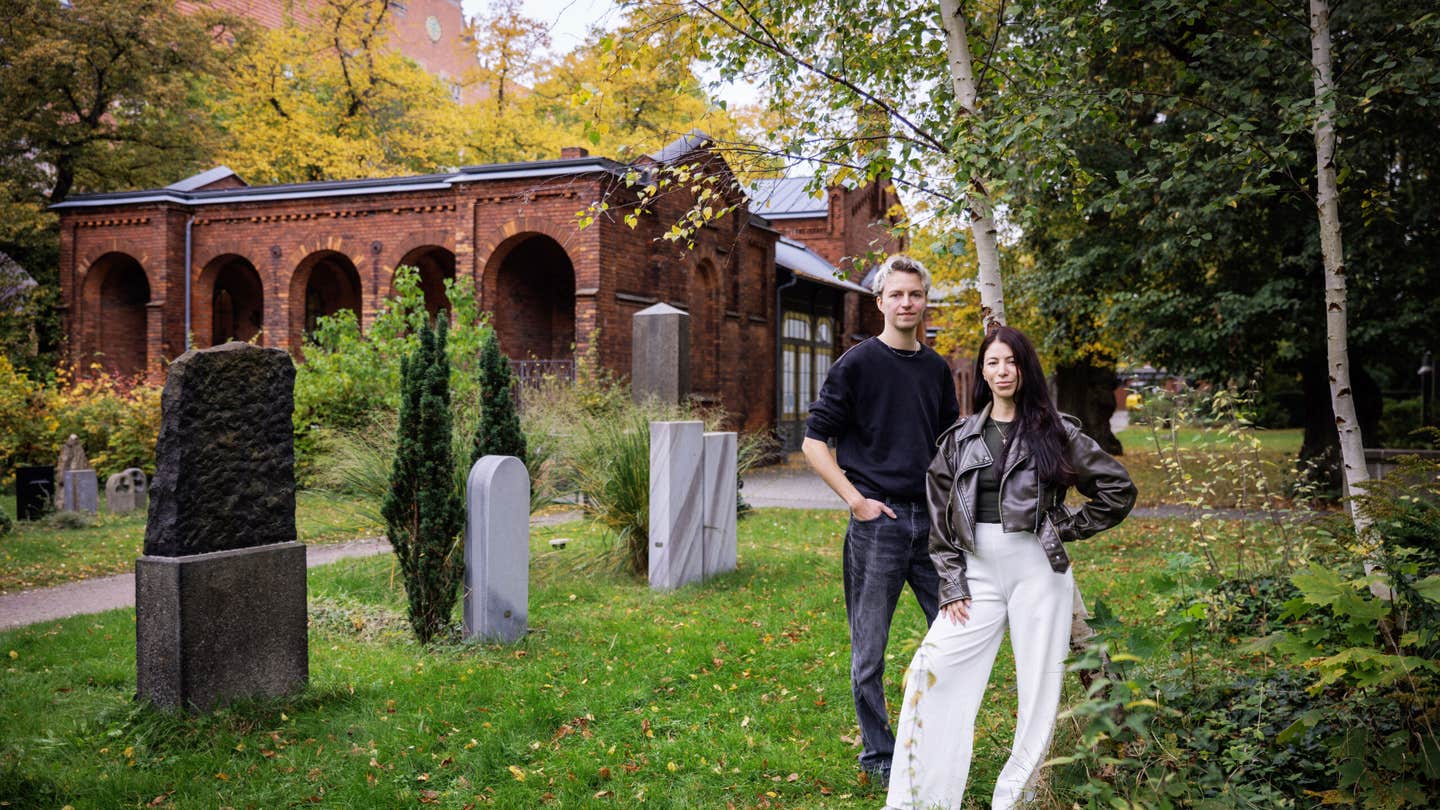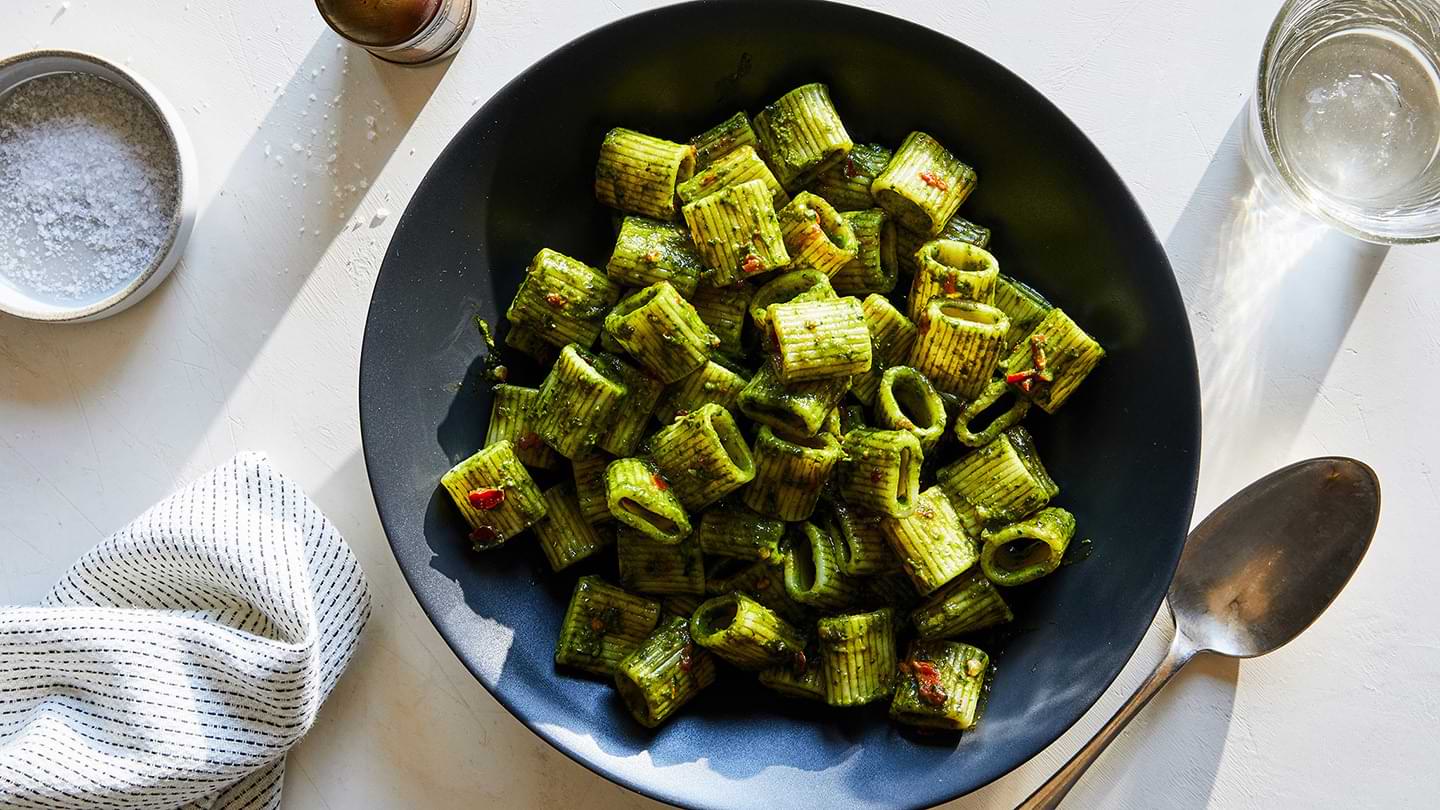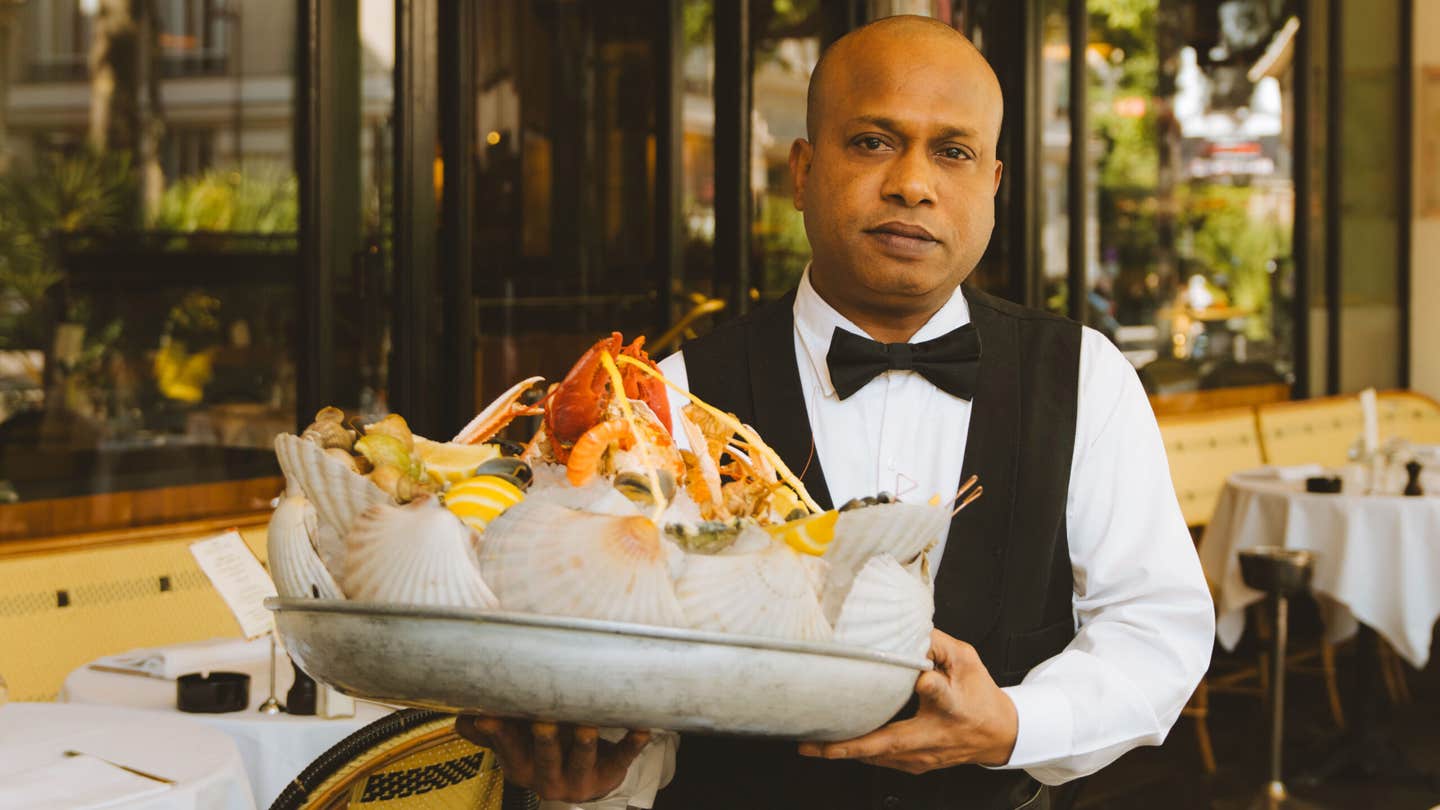
Experience The History of Paris Dining Through These 10 Restaurants
From Belle Époque brasseries to industrial-chic bistros, this chronology of eating institutions tells the story of the city’s evolution.
This piece originally appeared in SAVEUR’s Fall/Winter 2025 issue. See more stories from Issue 205.
In Paris, restaurants have long provided more than mere sustenance. Since the aftermath of the French Revolution, when cooks formerly employed by the aristocracy began to open their own establishments, dining outside of the home has served as a mirror of Parisian society. Through the centuries, these spaces came to reflect political upheavals, social shifts, and the ever-changing rhythms of urban life.
Distinct dining formats emerged over time to serve a multitude of functions: the lively brasserie, the intimate bistro, the grand café, and the refined restaurant—each with its own cultural significance and clientele. These businesses were the backdrop for artistic and philosophical movements, manifestos, and new ways of seeing the world. Beyond nourishment, Parisian restaurants provided a democratic space where everyone from legendary thinkers to resistance fighters could gather and shape the city’s future and engage in global conversations around art, society, and politics.
Locals of all stripes—rich, broke, brilliant, or lost—could find a seat somewhere. In the roaring 1920s through the ’70s, the city’s great creative minds partied nightly at La Coupole in Montparnasse. Swiss artist Alberto Giacometti preferred the brasserie’s central-most tables to observe and sketch his fellow diners. Sartre, Matisse, Cocteau, and de Beauvoir were all Champagne-sipping habitués, as was Josephine Baker, known to strut through the grand dining room with her pet cheetah, Chiquita.
Ernest Hemingway memorialized his many experiences among the era’s intellectual heavyweights at Brasserie Lipp in A Moveable Feast, recalling that “the beer was very cold and wonderful to drink. The pommes à l’huile were firm and marinated, and the olive oil delicious.”
The working class found sustenance in the bustling bouillons and narrow alleyways that once surrounded Les Halles, the city’s former central food market. Here, establishments like La Tour Montlhéry (known colloquially as Chez Denise since the 1960s) catered to market porters and workers seeking hearty, affordable fare at all hours, creating a parallel culinary universe to the more refined tables of the city’s grand boulevards.
For today’s diners, the lore and legends that have shaped Paris’ bistros and brasseries are part of an enduring appeal. The career waiters, who know each regular by name and every wine in the cellar by memory, make for a timeless experience that has enchanted tourists and nostalgic locals for generations. American pop culture photographer Brad Elterman has been visiting the city for 40 years, sleeping in the same hotel a stone’s throw from the Montparnasse Cemetery, where intellectual elites like Baudelaire, Sartre, and Man Ray are buried. He always dines at La Coupole, where the memory of its famous former regulars like Yves Saint Laurent and Paloma Picasso lives on. “On my first visit in the early 1980s,” Elterman recalls, “it was as if I had walked into another civilization.”
In the 2000s, traditional white tablecloths, heavy sauces, elaborate plating, and veteran waiters gave way to a new culinary movement, which married the sophistication and technique of haute cuisine with greater affordability and pared-back interiors. Industrial lighting, open kitchens, and mismatched ceramics became decorative signatures, while chefs replaced codified staple recipes with local, seasonal fare.
More than two decades later, these genre-bending establishments remain as firmly anchored to the Parisian landscape as the soaring brasseries and intimate bistros of yesteryear. These 10 restaurants represent more than impressive longevity; they embody the resilience of the city’s dining culture, one that has endured wars, occupations, and revolutions.
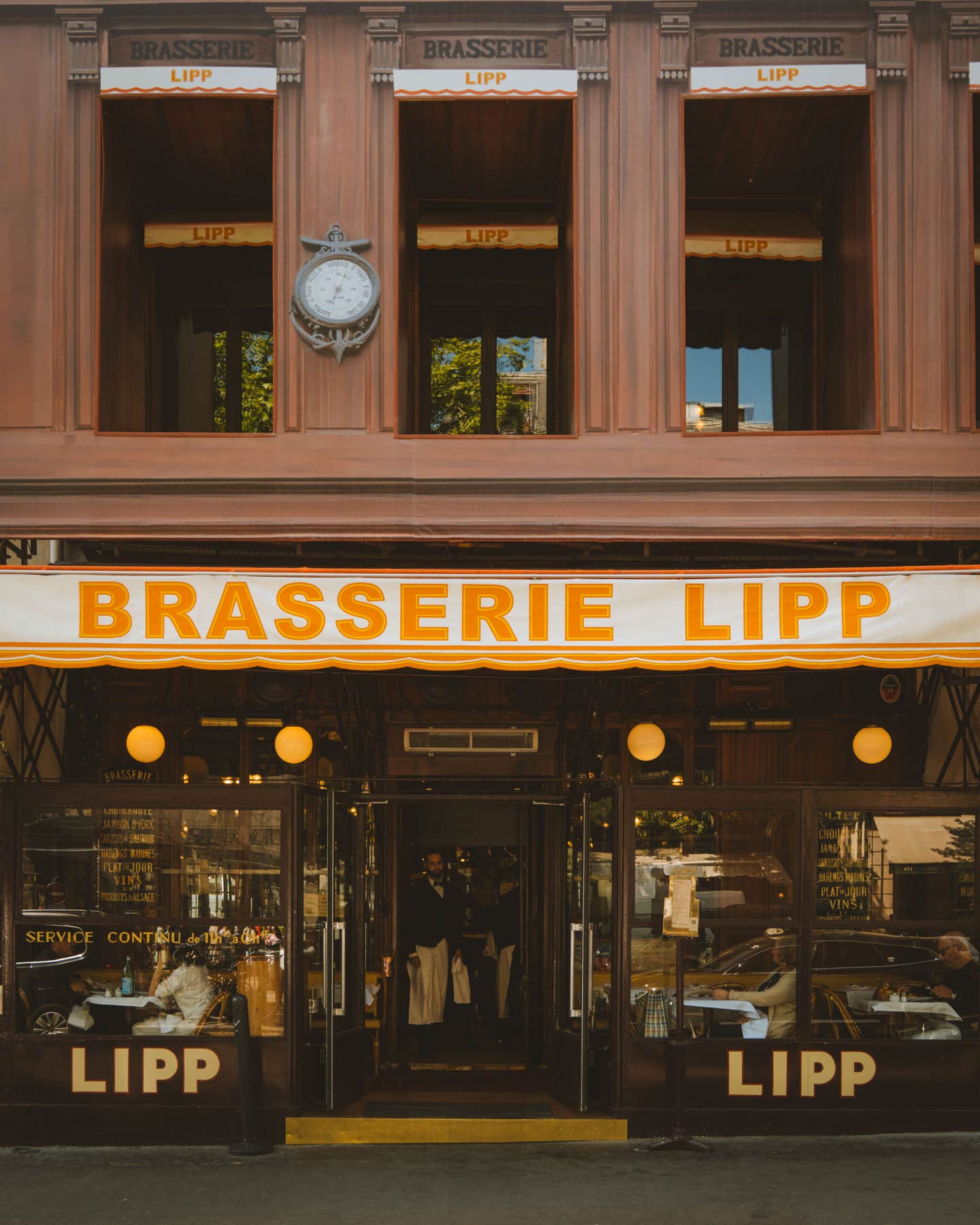
Take one look at the menu of this legendary Saint-Germain brasserie—full of beef tartare, celery root rémoulade, and confit de canard—and you’ll see that little has changed since it opened in 1880. Inside, it’s all landmarked Art Nouveau tiles and mirrors, leather banquettes, and wrought iron hat racks. Signs warning against inappropriate attire (such as shorts) remain, and all-male servers still sport black bow ties and numbered pins indicating seniority. The who’s who of French political and cultural life still convene here; Marianne Fabre-Lanvin, Paris-based founder of organic wine brand Souleil Vin de Bonté, had regular Lipp dates with her late grandfather, sculptor Gérard Lanvin. “Sometimes, we’d just go for a glass of Pouilly-Fumé. It was always the place to see and be seen.”
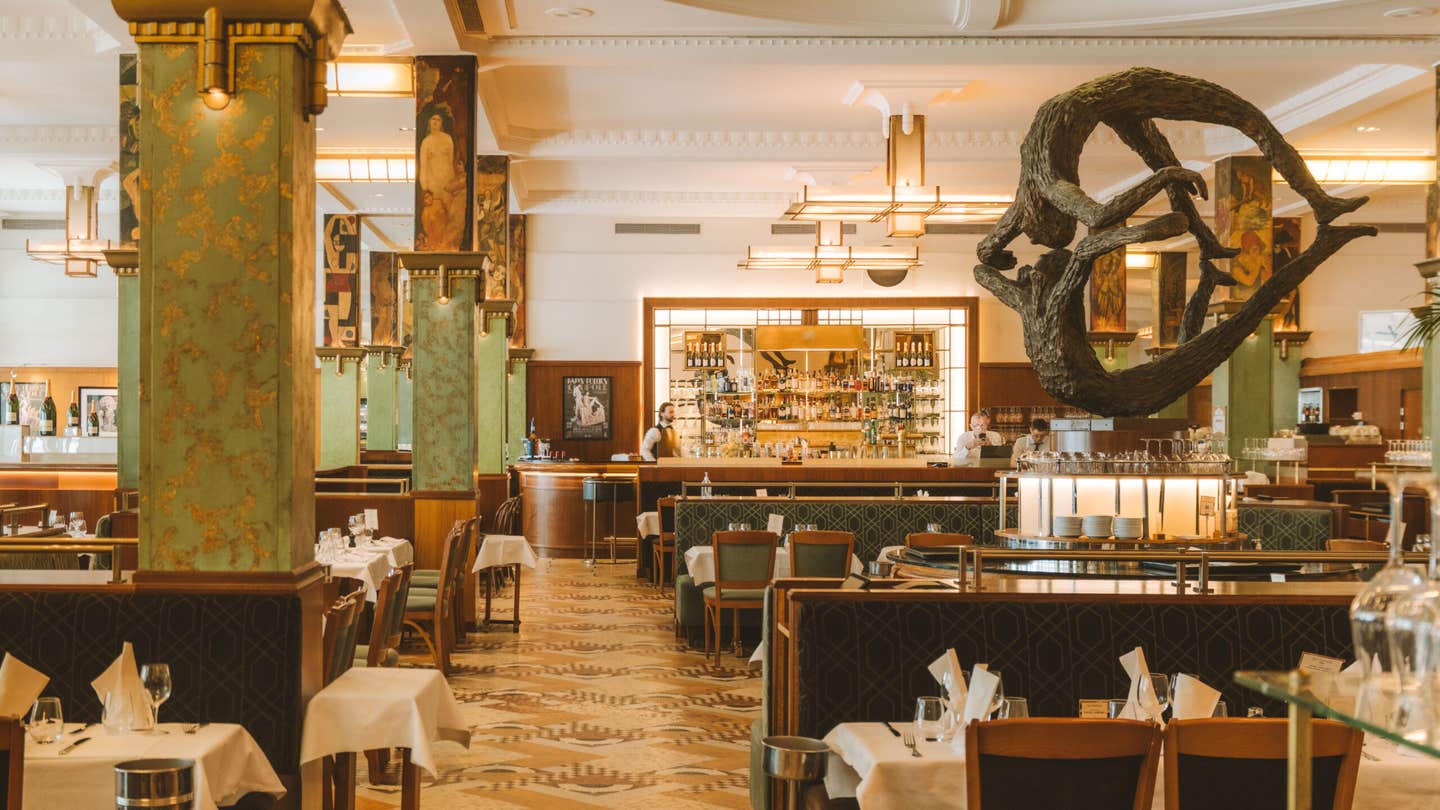
Among Montparnasse’s most legendary brasseries, which played host to the world’s intelligentsia during its Art Deco heyday, La Coupole remains a symbol of 1920s joie de vivre. So, too, are this establishment’s most emblematic dishes: lamb curry topped with shaved coconut, bone marrow à la bordelaise, veal liver with parsley, a perfect sole meunière, and elaborately presented seafood platters that require two servers to carry. “You just knew you were entering someplace special,” says Brad Elterman, who’s been dining there since the 1980s. “The high ceilings, the acoustics, the vibe—it was always pulsating.” The interiors have been gently refreshed in recent years, but its standout features—opulently painted columns, mosaic floor tiles, and plush booths—remain.
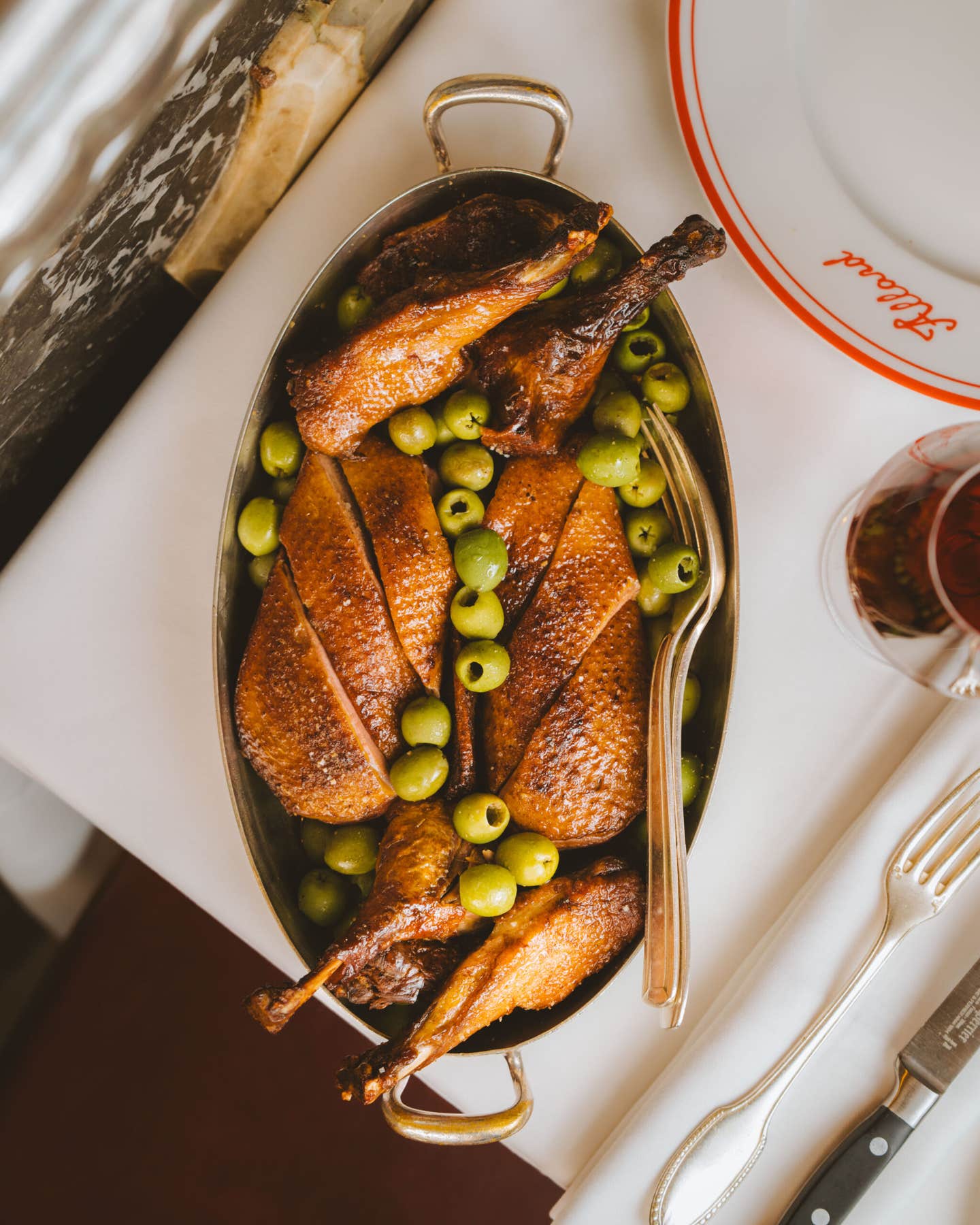
In the heart of Saint-Germain-des-Prés, this intimate wood-paneled bistro with red velvet banquettes and floral wallpaper was softly modernized in 2013, when Alain Ducasse took the reins. Thankfully, the chef-restaurateur fully retained this historic restaurant’s soul. Founder Marthe Allard, a Burgundian home cook, began cooking her way into the hearts of locals in 1932, and her daughter-in-law, Fernande, went on to earn two Michelin stars for her bourgeois dishes—frogs’ legs, duckling fillet with olives, and Savarin au rhum. Today, head chef Lisa Desforges has reverently updated Fernande’s specialties for a new generation.

One of the few remaining bistros that once served Les Halles’ famished porters, this elbow-to-elbow spot is referred to by regulars as Chez Denise, after its late former owner, Denise Benariac. The kind of old world haunt that Anthony Bourdain called “the true and enduring glory of France,” the restaurant’s red-checked tablecloths, cavernous wood-beamed dining room, cheeky servers, and Raymond Moretti illustrations are caught in time. But it’s the blanquette de veau (veal stew), and haricot de mouton (a Medieval mutton and white bean casserole) that keep locals coming back. Simplicity reigns here: Frites are the only vegetables on offer, and wine is sold à la ficelle, a bygone tradition of serving diners a bottle and only charging them for what they end up drinking.
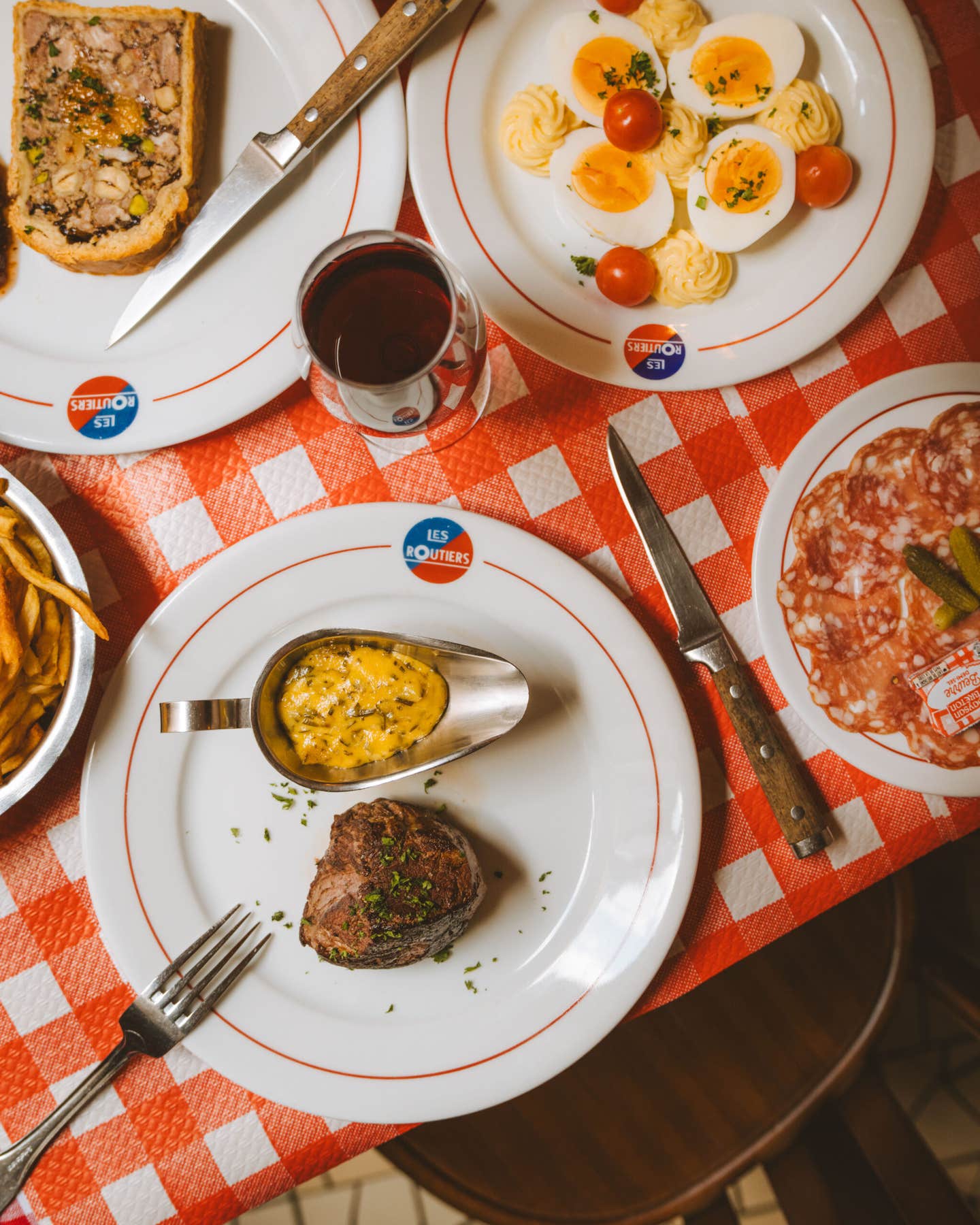
That this is one of only a few relais routiers (roadside restaurants) within city limits isn’t the most atypical detail about Les Marches. Nor is it the trucks parked out front, their drivers inside digging into béarnaise-drenched steaks, oeufs mayonnaise, and escargots. It’s that the decades-old bistro, under new ownership since 2015, sits improbably at the foot of a staircase next to the Palais de Tokyo in the tony 16th arrondissement, just a block from the Seine. Because of this location, bustling with CEOs, museum curators, writers, and tourists, the legendary French food critic Maurice Beaudoin felt that the folkloric truck stop had unwittingly become fashionable. “The owners haven’t invented anything,” he wrote in Le Figaro in 2018. “They’ve simply had the good idea of putting dishes that are popular with the silent majority on their menu.”
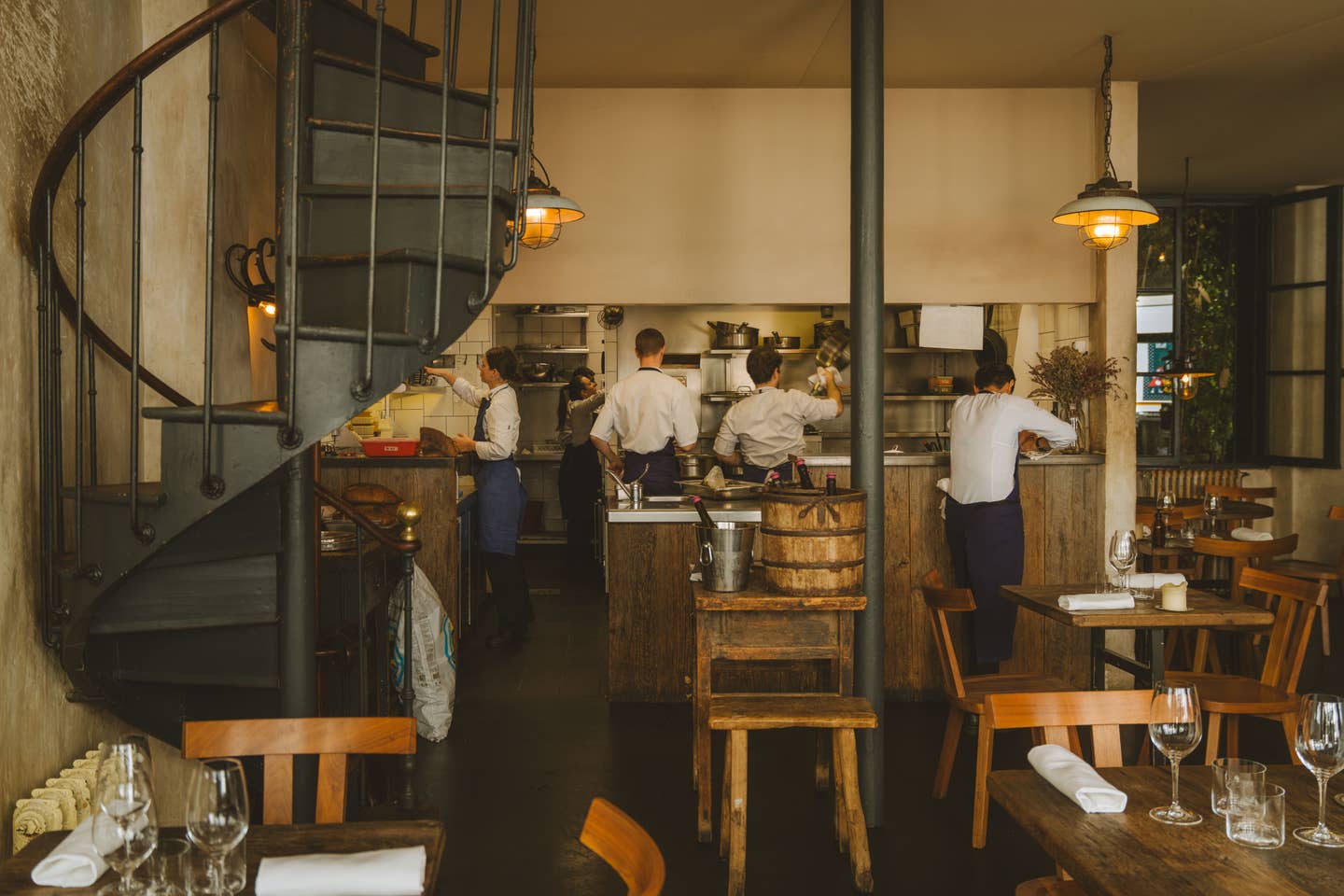
Since opening in 2011, this industrial-chic spot in the trendy 11th arrondissement is still notoriously hard to book. Chef-owners Bertrand Grébaut and Théo Pourriat offer a fiercely seasonal carte blanche menu that reads like a love letter to French seafood, meat, and produce. Dishes are simple but visually striking, served on rough-hewn wooden tables by servers in linen aprons and fashionable sneakers. While the ingredients are largely local, the flavors and techniques draw inspiration from further afield; think roasted white asparagus with XO sauce, raw scallops with pickled chasselas grapes and wasabi oil, and Japanese-inspired ferments like koji butter and housemade vinegars.
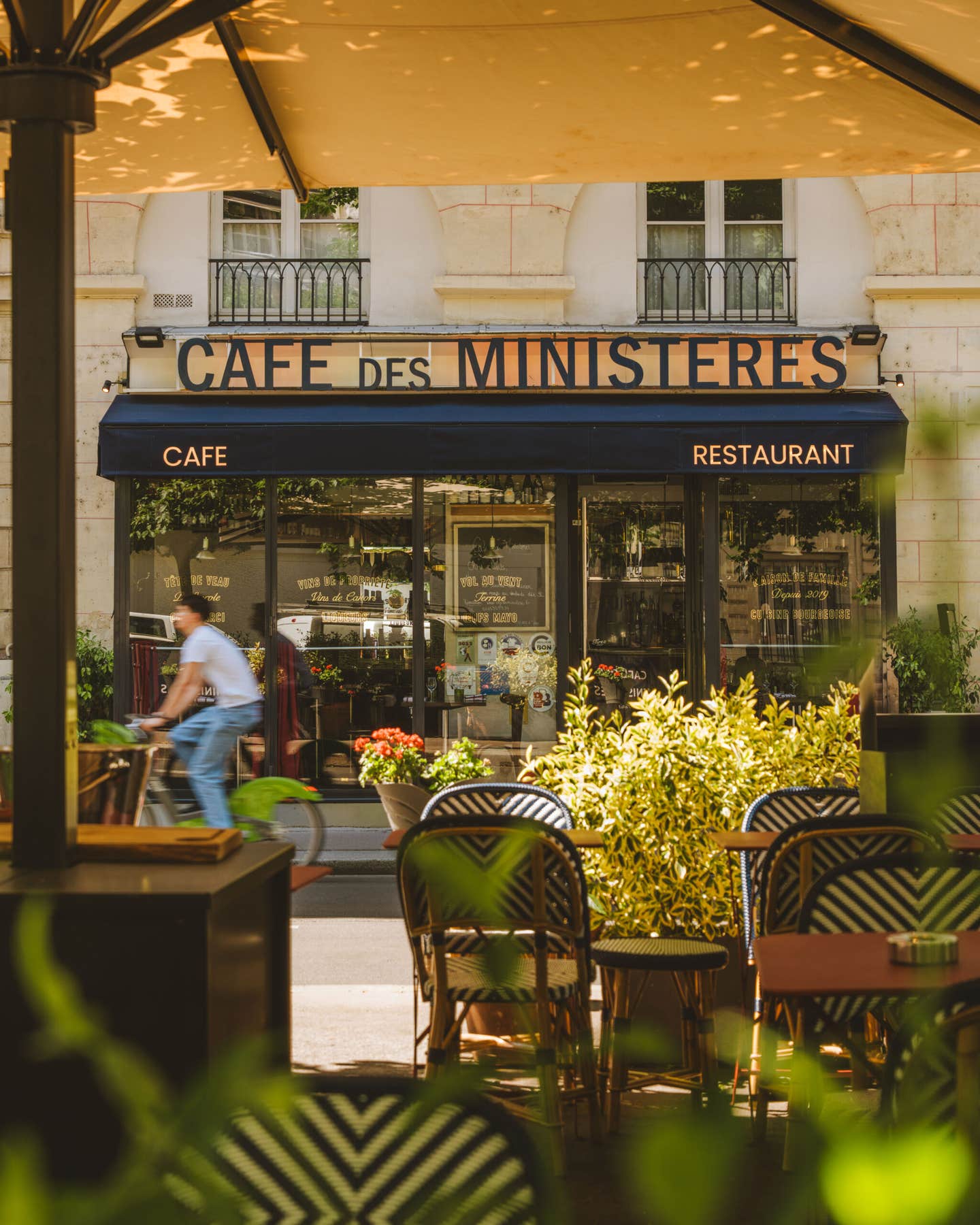
In 2019, in the shadow of the National Assembly—where government, not destination dining, thrives—husband-and-wife duo Jean and Roxane Sévègnes took over a run-of-the-mill neighborhood bistro. They’ve since transformed the neoclassical space, complete with a zinc bar, simple wood tables, and prominently displayed wines, into one of the most sought-after restaurants in the 7th. Jean runs the kitchen while Roxane waits on politicians, neighborhood locals (often including an elder Parisienne sporting a fresh blowout, thick heels, and a Dior handbag), and the occasional lucky expat who made it off the waitlist. Come for the chef’s exceptional lobster-filled vol-au-vent or cabbage stuffed with smoky Morteau sausage, and leave with a new reservation for the months ahead.
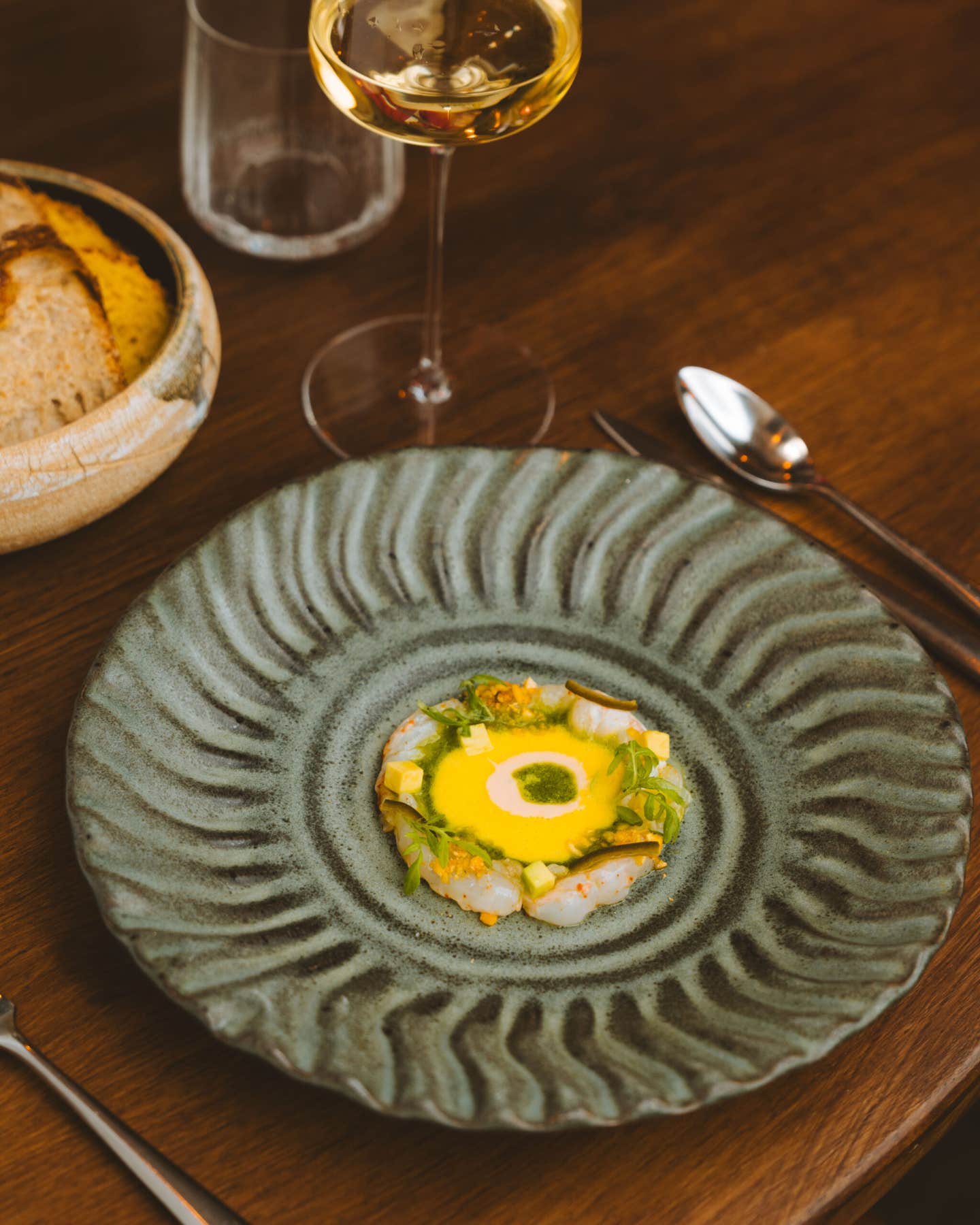
Venezuelan-French couple Cristina and Pierre Chomet trained in the kitchens of award-winning French chefs, met while working in London, then relocated together to cook in Bangkok. The pair’s diverse experiences inform the menu of their first solo restaurant, opened in 2023—think Thai-spiced langoustine tartare and stir-fried foie gras with ginger, carrots, and citrus. Their food is a colorful counterpoint to the pared-back dining room’s exposed stone walls, rustic wooden beams, and open kitchen.
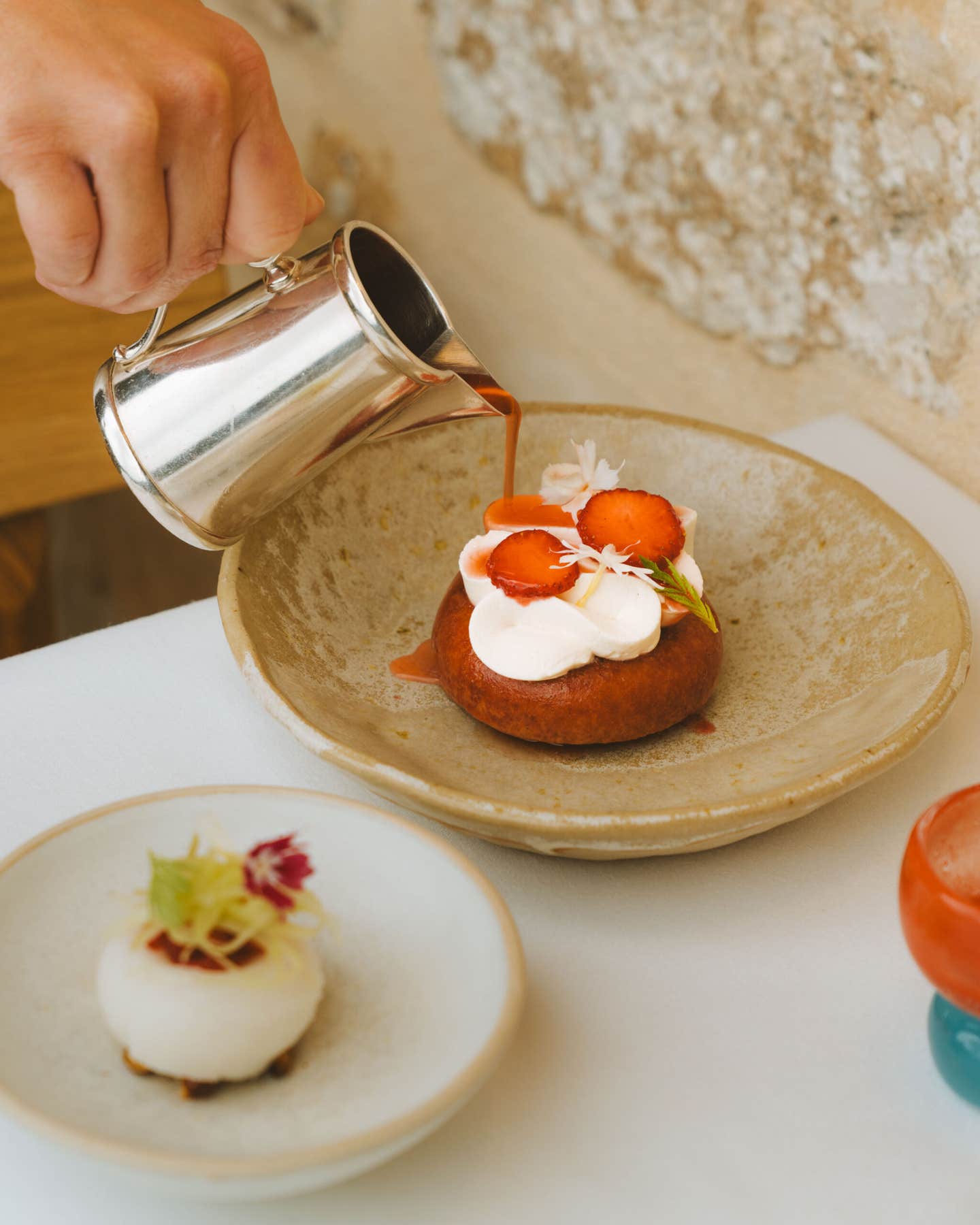
Chefs Manon Fleury and Laurène Barjhoux extend the neo-bistro movement of the 2010s at their contemporary restaurant in the Marais, where, since 2023, their low-waste, plant-forward cooking has spotlighted small farms and producers from within 60 miles of the restaurant. While the duo’s sourcing is pointedly French, Datil’s three dining rooms share a more Nordic aesthetic. Expect light oak furnishings, dried flower arrangements, lots of natural light, and handmade Burgundian ceramics.
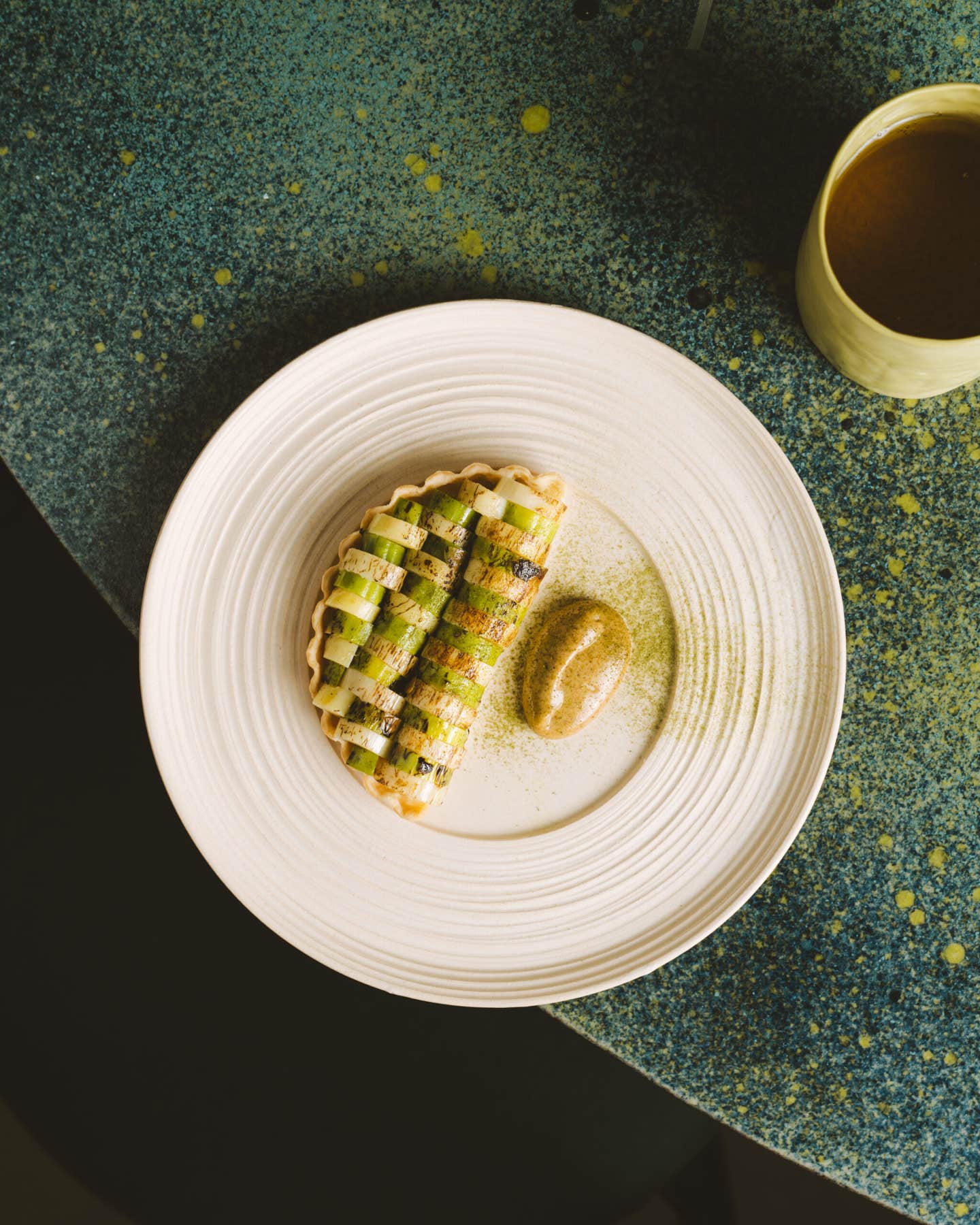
Diners sit on high black stools around a blue-green lava stone counter at this newly opened Montorgueil cocktail bar and restaurant. Irishman Adam Purcell worked for French chef Grégory Marchand and learned fermentation and preservation techniques from Denmark’s now-shuttered Amass before returning to Paris to be a part of something new and ambitious. At De Vie, Purcell’s tasting menu might start with an oyster in black pepper oil with kiwi granita, then continue with a white and green asparagus and Comté tart. “I find it hard to veer too far away from what I’m most comfortable cooking,” he says, “which is beautiful French food with French ingredients.”
Recipe
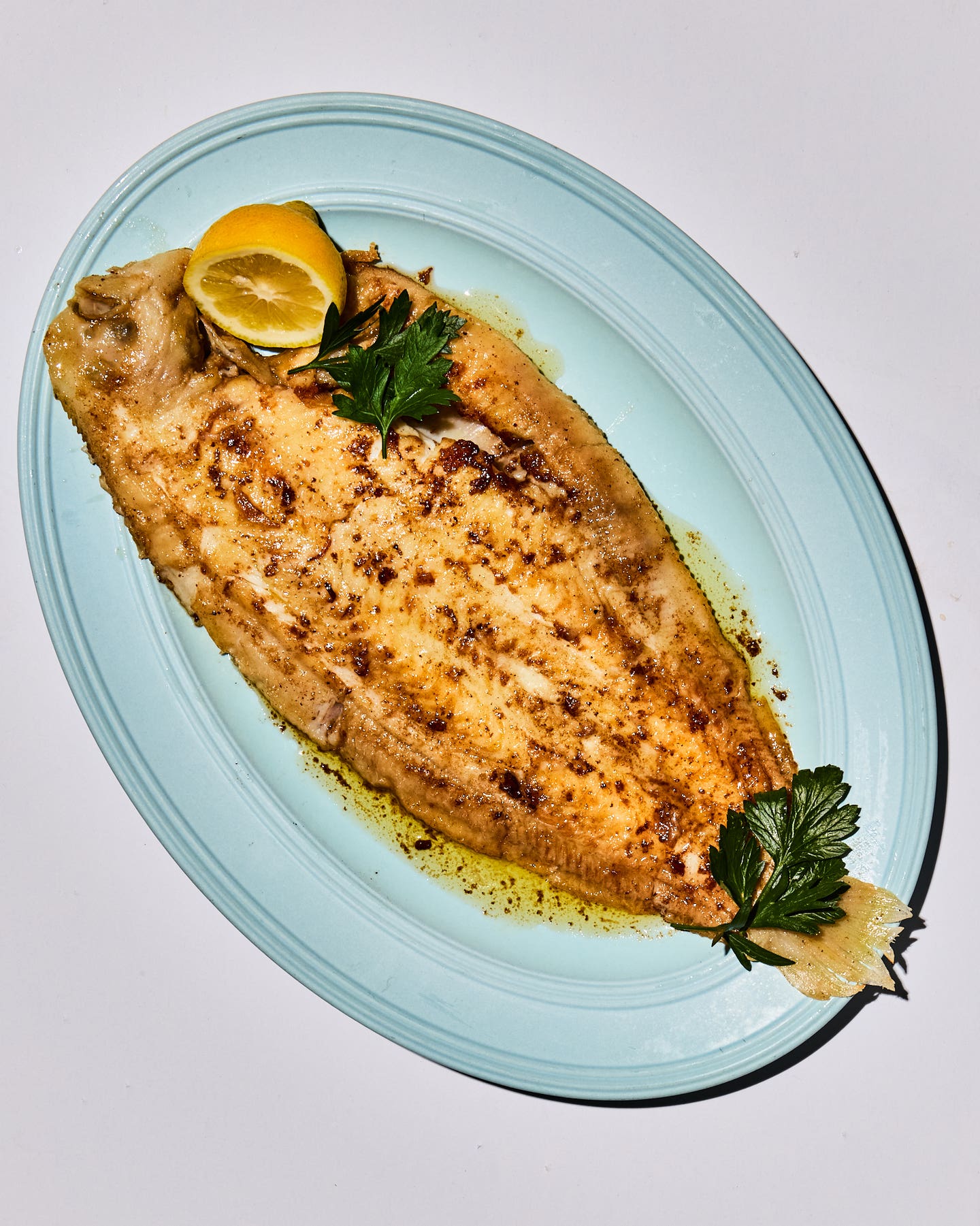
Keep Reading
Continue to Next Story

